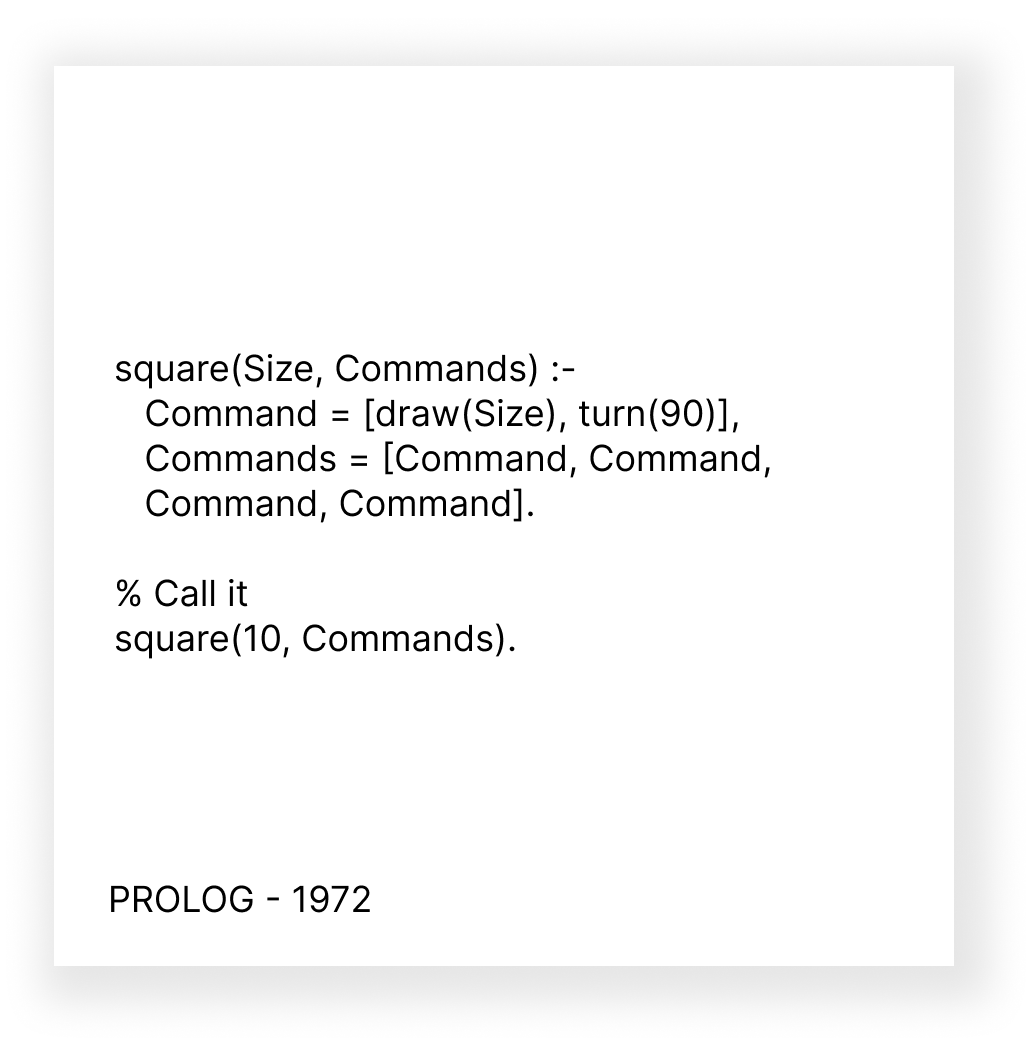Pixelated Pathways to Creativity
It was the summer of '93 when smelly cousins Hector and Freddy discovered Mario Paint with their enviable Super Nintendo. As 12-year-olds enthralled by this new digital canvas, they spent hours creating stuff. Their masterpiece took 80,000 clicks: a sketchy Homer Simpson. Mario Paint was more than a video game, it was an invitation to creative minds that made them feel powerful
Built with Mario Paint in 1993
A passion was born those long summer days - one that would shape their creative spirits. In later years, pragmatic parents nudged both Hector and Freddy toward more scalable creative tools, like programming languages- in which you indirectly create by giving instructions. While powerful, these abstractions also came at a cost- they removed you from the childlike joy of direct manipulation of the materials. Each new abstraction made less sense to them- making it less accessible to the creatives, while making it more appealing to the nerds.
Throughout the years, both cousins toggled between the allure of creation by direct manipulation and indirect programming. It seemed impossible to find both ease and scale in one method. When Hector and Freddy crossed paths again as aging adults, they reminisced about those Mario Paint summers.. But now the indirect creation felt less abstract, less formal, more like materials and less like instructions. Whoa- "Just like our Super Nintendo days” Freddy exclaimed.
Though tools had evolved, that childlike curiosity and drive to learn remained. Pixels had paved the way for AI, but their journey was just beginning: Hector and Freddy set out to tell new stories, stoke fresh imaginations, and invite others down pixelated pathways to creativity.







